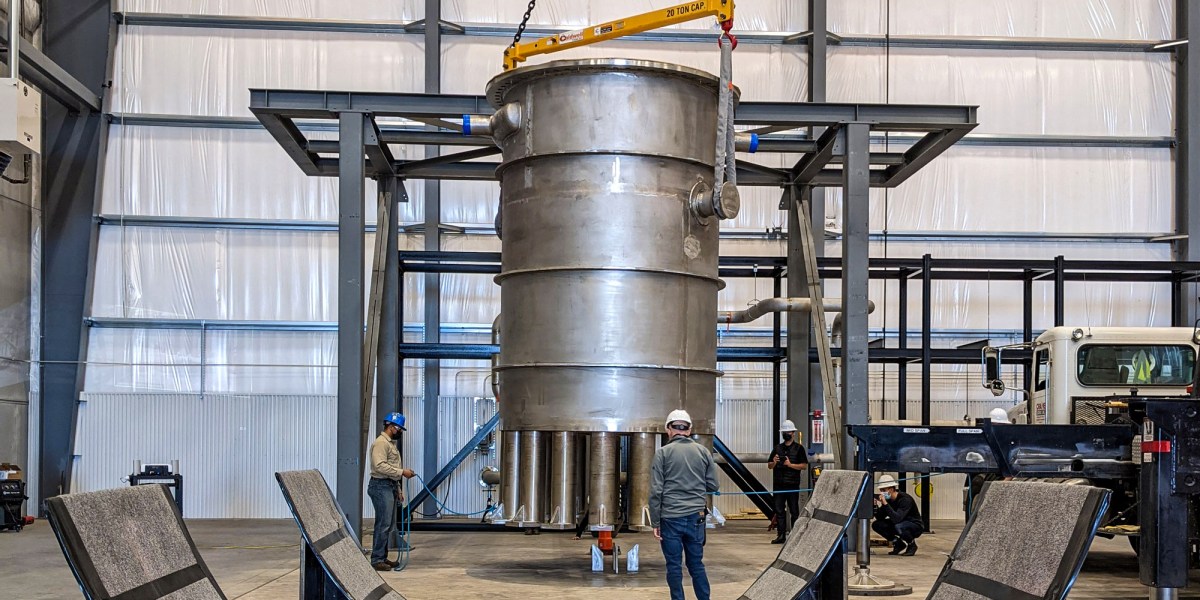Alternative ways of powering, cooling, and constructing reactors could help get more nuclear energy on the grid.
I’ve got nuclear power on the brain this week.
The workings of nuclear power plants have always fascinated me. They’re massive, technically complicated, and feel a little bit magic (splitting the atom—what a concept). But I’ve reached new levels of obsession recently, because I’ve spent the past week or so digging into advanced nuclear technology.
Advanced nuclear is a mushy category that basically includes anything different from the commercial reactors operating now, since those basically all follow the same general formula. And there’s a whole world of possibilities out there.
I was mostly focused on the version that’s being developed by Kairos Power for a story. But I went down some rabbit holes on other potential options for future nuclear plants too. So for the newsletter this week, let’s take a peek at the menu of options for advanced nuclear technology today.
The basics
Before we get into the advanced stuff, let’s recap the basics.
Nuclear power plants generate electricity via fission reactions, where atoms split apart, releasing energy as heat and radiation. Neutrons released during these splits collide with other atoms and split them, creating a chain reaction.
In nuclear power plants today, there are basically two absolutely essential pieces. First, the fuel, which is what feeds the reactions. (Pretty obvious why this one is important.) Second, it’s vital that the chain reactions happen in a controlled manner, or you can get into nuclear meltdown territory. So the other essential piece of a nuclear plant is the cooling system, which keeps the whole thing from getting too hot and causing problems. (There’s also the moderator and a million other pieces, but let’s stick with two so you’re not reading this newsletter all day.)
In the vast majority of reactors on the grid today, these two components follow the same general formula: the fuel is enriched uranium that’s packed into ceramic pellets, loaded into metal pipes, and arranged into the reactor’s core. And the cooling system pumps pressurized water around the reactor to keep the temperature controlled.
But for a whole host of reasons, companies are starting to work on making changes to this tried-and-true formula. There are roughly 70 companies in the US working on designs for advanced nuclear reactors, with six or seven far enough along to be working with regulators, says Jessica Lovering, cofounder and co-executive director at the Good Energy Collective, a policy research organization that advocates for the use of nuclear energy.
Many of these so-called advanced technologies were invented and even demonstrated over 50 years ago, before the industry converged on the standard water-cooled plant designs. But now there’s renewed interest in getting alternative nuclear reactors up and running. New designs could help improve safety, efficiency, and even cost.
Coolant
Alternative coolants can improve on safety over water-based designs, since they don’t always need to be kept at high pressures. Many can also reach higher temperatures, which can allow reactors to run more efficiently.
Molten salt is one leading contender for alternative coolants, used in d…..
